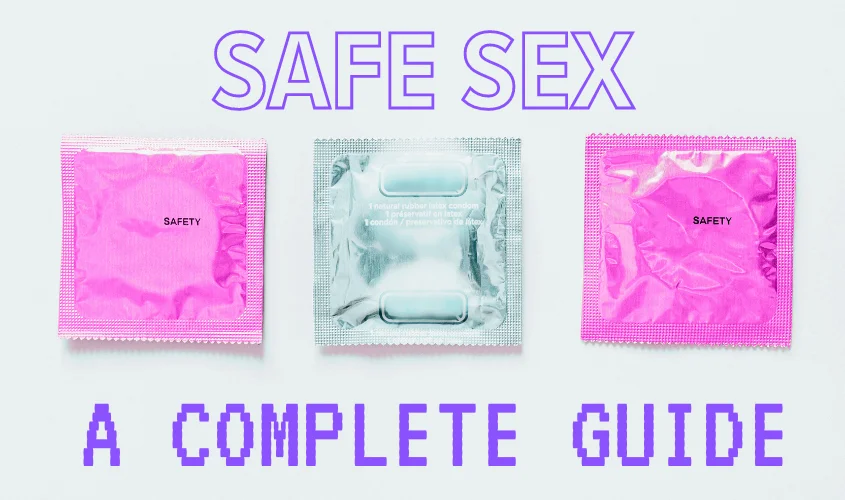
- 11.10.2024
- Sex Education
Everything You Need to Know About Staying Safe During Sex
Safe sex is essential for protecting yourself from sexually transmitted infections (STIs) and preventing unintended pregnancies. Whether you’re in a committed relationship or engaging with new partners, practicing safe sex ensures you take control of your sexual health.
What is Safe Sex?
Involves the use of protection methods such as condoms, dental dams, and contraceptives to reduce the risk of STIs and pregnancy. Additionally, regular STI testing and open communication with your partner are crucial elements of a safe sexual relationship.
Common Methods of Protection
Condoms
Condoms are a widely used method for safe sex. They protect against both pregnancy and STIs. Make sure to use them correctly by checking the expiration date, ensuring proper fit, and using water-based lubricants.
Dental Dams
Dental dams are essential for safe oral sex, especially between female partners. These thin latex sheets prevent direct contact with bodily fluids, reducing the risk of STI transmission.
Hormonal Birth Control
Hormonal contraceptives, including birth control pills and IUDs, effectively prevent pregnancy but do not protect against STIs. Pairing hormonal methods with condoms provides full protection.
Emergency Contraception
Emergency contraception (EC) can prevent pregnancy after unprotected sex or contraceptive failure. However, it should not be used as a regular contraceptive method and does not prevent STIs.
Long-Term Contraceptives
IUDs and implants are reliable, long-term options for preventing pregnancy. Combining them with condoms ensures protection from STIs as well.
Preventing STIs
Regular STI Testing
Getting tested for STIs regularly is critical in maintaining your sexual health. Many STIs don’t show symptoms, so routine screenings can detect infections early for treatment.
Vaccinations
Some STIs, such as HPV and hepatitis B, can be prevented through vaccines. It’s essential to stay informed about vaccination options and discuss them with your healthcare provider.
Communication and Consent
Clear communication with your partner about boundaries, contraception, and STI status is key to practicing safe sex. Mutual respect and understanding lay the foundation for a healthy sexual relationship.
Safe Sex for Different Relationships
In Committed Relationships
Even in committed relationships, couples should prioritize safe sex, especially before both partners have been tested for STIs. Over time, you may decide to stop using condoms, but regular testing remains important.
Casual Relationships or Hookups
Protection should always be used consistently in casual relationships or one-night encounters. Condoms and dental dams are the best way to reduce the risk of STIs in these cases.
Same-Sex Relationships
Safe sex practices are equally important for same-sex partners. Dental dams, condoms, and routine testing should be part of every relationship to ensure both partners’ health and well-being.
Addressing Common Myths About Safe Sex
Myth 1: “Oral Sex is Safe from STIs”
STIs can be transmitted through oral sex, including herpes, gonorrhea, and syphilis. Always use condoms or dental dams during oral sex to reduce risk.
Myth 2: “Birth Control Pills Protect Against STIs”
While effective at preventing pregnancy, birth control pills do not protect against STIs. Combining them with barrier methods like condoms is crucial for full protection.
Myth 3: “You Only Need Protection if You or Your Partner Show Symptoms”
Many STIs do not cause visible symptoms. Regular testing and using protection every time ensures you and your partner are safe.
For more on contraception options, read our guide or explore Emergency Contraception.











